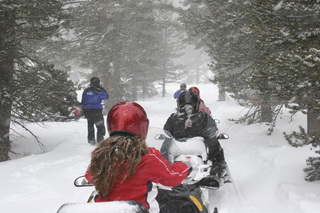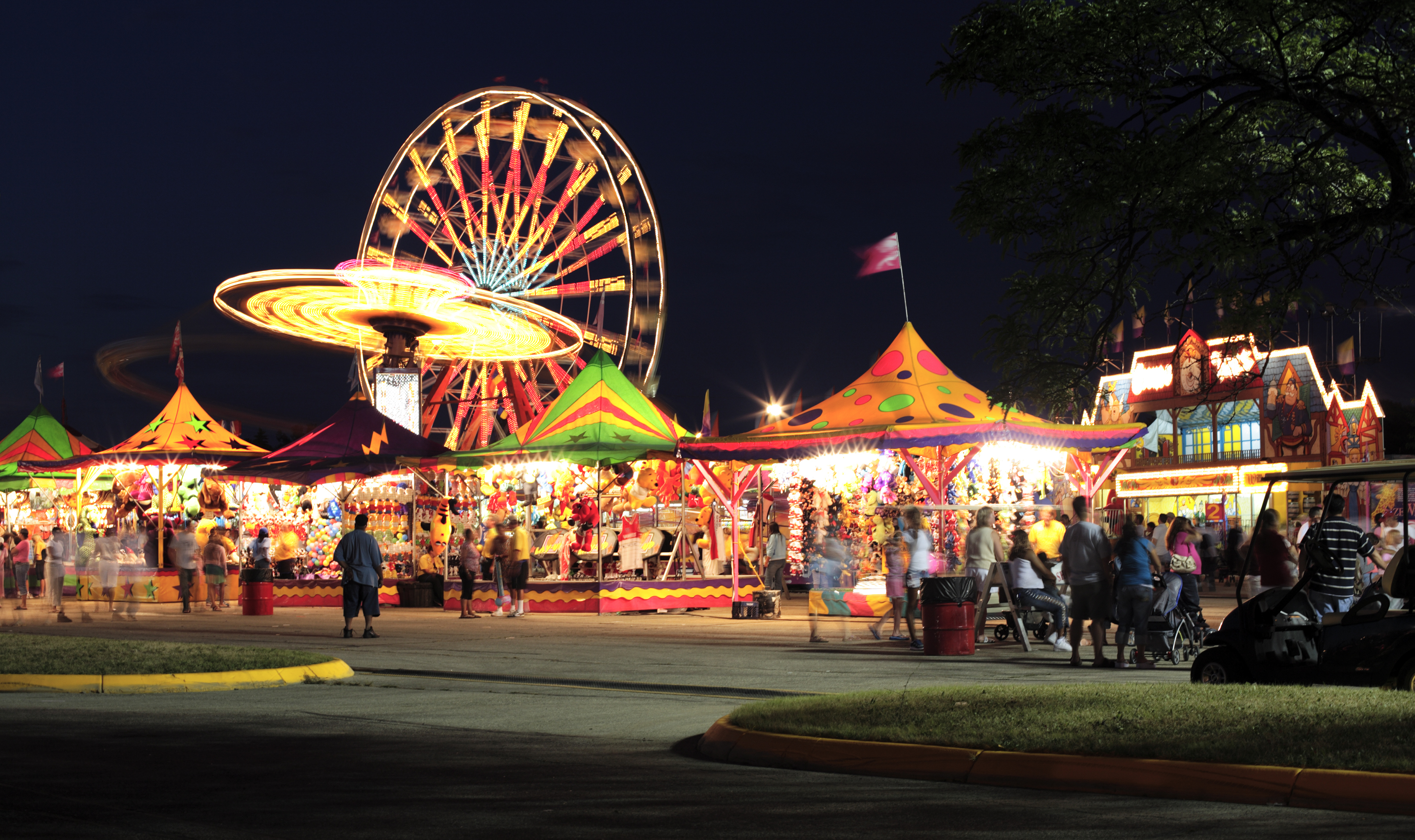
Snowmobile Safety: Be Alert This Winter
On the Scene E-Newsletter, Edition 128, December 1, 2010
 Snowmobiling has grown in popularity as a favorite winter pastime. The opportunity to spend quality time with friends and family and to take in some of the most breathtaking winter views are just some of the benefits associated with snowmobiling. At the same time, this winter sport does pose significant safety concerns that requires due diligence. There will be nearly 3 million registered snowmobiles on North American trails this season and so it is important for all snowmobilers to ride with caution and follow safe snowmobiling practices. The laws governing snowmobile operation differ among different states. There are less restrictions and regulations for snowmobile operation than for other motor vehicles which gives rise to more frequent careless or reckless behavior that can lead to serious injury or death.
Snowmobiling has grown in popularity as a favorite winter pastime. The opportunity to spend quality time with friends and family and to take in some of the most breathtaking winter views are just some of the benefits associated with snowmobiling. At the same time, this winter sport does pose significant safety concerns that requires due diligence. There will be nearly 3 million registered snowmobiles on North American trails this season and so it is important for all snowmobilers to ride with caution and follow safe snowmobiling practices. The laws governing snowmobile operation differ among different states. There are less restrictions and regulations for snowmobile operation than for other motor vehicles which gives rise to more frequent careless or reckless behavior that can lead to serious injury or death.
The Snowmobile Safety and Certification Committee (SSCC) is a non-profit organization that spearheads snowmobile safety standards. Each snowmobile itself is certified by an independent testing company as being compliant with the SSCC safety practices. This certification program covers every vital component including electrical, lighting, brake and alternate starting systems. The SSCC standard exceeds the state government standards. A black and white certification label is placed on the right rear tunnel of the machine. While this will help ensure that the actual machine is safe, it is vital that operator safety be addressed.
A contributing factor to most fatal snowmobile accidents is speed. Snowmobile racing is rising in popularity. When racing, the high speeds can result in loss of control. This means increased risk of injury and death. Also, driving at night presents another hazard: limited vision is added to inhibited depth perception that snow naturally provides. According to the Wisconsin Department of Natural Resources, most fatal snowmobile accidents occur between 8:00 p.m. and 3:00 a.m. Crossing from a trail to a road can be very dangerous as well, as car and truck drivers may not anticipate the entrance of a snowmobile onto a street. Almost two-thirds of fatal snowmobile accidents that involve children are due to injuries to the head and neck. The American Academy of Pediatrics recommends that children under 16 not be allowed to operate snowmobiles, and that all riders be required to wear helmets.
To operate snowmobiles safely and avoid snowmobile accidents, the following practices are recommended:
• Maintain the overall condition of the snowmobile
• Wear appropriate gear (helmet and face shield or goggles)
• Stay in control by knowing the machine limitations
• Plan your route and communicate with others, including estimated time of arrival
• Travel at a safe speed and be especially alert at night
• Ride with another person – never alone
• Stay alert. Be aware of fatigue caused by the vibration of the snowmobile, the sun and wind
• Stay on marked trails
• Cross streets and roads carefully
• Avoid crossing any bodies of water
• Carry a first aid kit, flashlight, matches, tool kit, and compass
To discuss a snowmobile accident with our Vehicle Crash Group, call CED Investigative Technologies, Inc. at (800) 780-4221.






